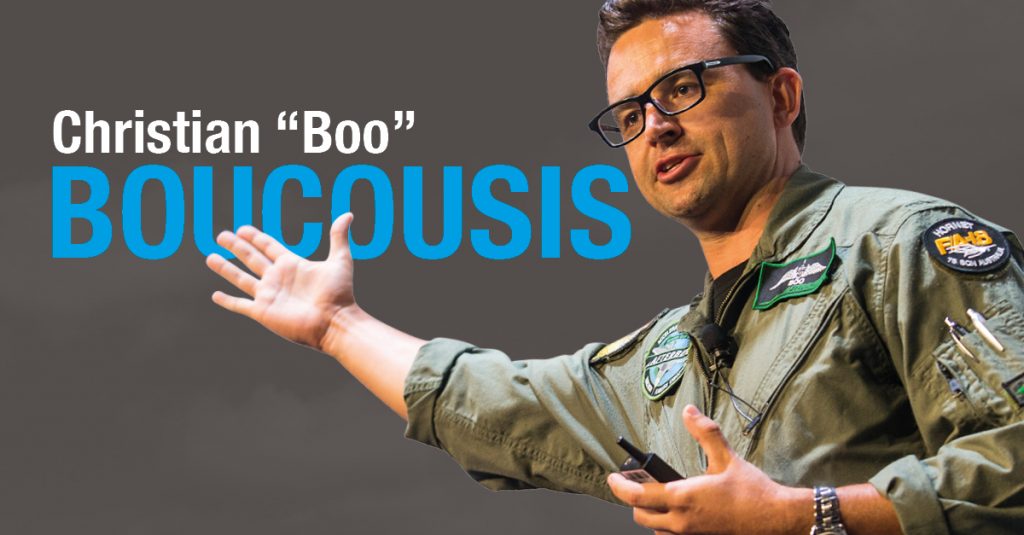How to Engage Millennials in the Workplace with Direction and Autonomy
Balancing direction and autonomy: the high performance way to engage your team and increase accountability
Engagement is one of the most overused words in the modern business lexicon. It isn’t the answer to everything, but it remains powerful. For people to perform at anywhere near their best, they need to be ‘engaged’. This is particularly true of millennials, the generation born from 1980 to 2000, who will comprise 50 percent of the global workforce by 2020.
Millennials, the generation born from 1980 to 2000, who will comprise 50 percent of the global workforce by 2020
To engage millennials, and in our view anyone else, you need to be both direct and empowering. And a good place to start is the planning process. Let me explain how.
There is no waffle in a solid plan. The whole point of it is for each individual to know exactly what they need to achieve by when, for every task in the plan. The mission objective must be clear, measurable and achievable and the enabling courses of action must be direct, personal, and concise.
So How Does any of that Empower Anyone?
In the 1980s, several studies showed that people worked harder, were more satisfied, and trusted their employers more if their management supported their autonomy: respecting perspectives, giving choices, and encouraging self-initiation rather than specifying how they should do things. For the millennial generation, support for autonomy is even more important. Millennials will be more energized and productive if they have greater autonomy over where, when, and how they work.
Millennials will be more energized and productive if they have greater autonomy over where, when, and how they work
There is a balance to be reached between the directness of a plan, and the need for team members to have control of their own missions. That balance is found in the team’s situational awareness. The more awareness the team has of the context for the mission, the state of the industry, its players and history, the less direction they will need.
Create the Best Plans for Engagement
The best plans are created by the teams who are responsible for executing them. In being part of their team, in taking part in their planning, people are signing up to the team’s plan. They are making commitments to their team, and for high performance teams that follow a disciplined execution framework, those commitments will hold.
In The Upside of Turbulence, MIT Professor Donald Sull suggests that ‘The best promises share five characteristics: they are public, active, voluntary, explicit, and they include a clear rationale for why they matter.’ Each of these characteristics should be shared by the commitments made in high performance planning. When a team works together to set its mission plan for a worthwhile, aligned objective, the team members have no problem buying in to the plan or being responsible to take on the needed tasks. If anything, the team needs to watch for people who overload themselves with tasks. But, as we know, there are ways to manage that risk.
Features of a High Performance Plan
A high performance plan does not go into the detail of how its tasks are to be done, nor state the obvious, nor restate standards. Just like the strategy it is pursuing, the mission is defined only by its intended effect: the what. Similarly, each task in the mission plan is defined only by its intended effect: what by when by who; clear, measurable, achievable. How that result occurs is up to the team (for the mission) or the individual (for the task).
Tina the Millennial & Breathing Steps
So if your plan calls for Tina to have a car outside 1135 North Street at 11 p.m., it’s Tina’s task to get it there. You don’t want to get into the route taken, the speed driven, the need to obey traffic laws, the need for fuel. You don’t want to worry about the way Tina drives. Your team will have standard operating procedures (SOPs). It’s obvious the car needs fuel in the tank and air in the tires. These are ‘breathing’ steps: steps so obvious it’s like telling people to remember to breathe. Beyond that, leave it to Tina to drive the car her way, using whatever techniques and preferences she likes—and that are consistent with the SOPs. If you go into too much detail, if you labor the obvious, it’s an insult to people.
They’re on the team to do these things—let them work it out, or ask for support.
As Charles Duhigg said in The Power of Habit: ‘Giving employees a sense of agency—a feeling that they are in control, that they have a genuine decision-making authority—can radically increase how much energy and focus they bring to their jobs.’ Or, as General Patton put it: ‘Don’t tell people how to do things. Tell them what to do, and let them surprise you with the results.’
Christian “Boo” Boucousis is an author, entrepreneur, ex RAAF fighter pilot and the CEO of Afterburner Australia, high performance corporate training and team building. Email Christian directly boo at afterburner.com.au
The post How to Engage Millennials in the Workplace with Direction and Autonomy appeared first on Afterburner Australia.
source https://www.afterburner.com.au/engage-millennials-workforce/




No comments:
Post a Comment